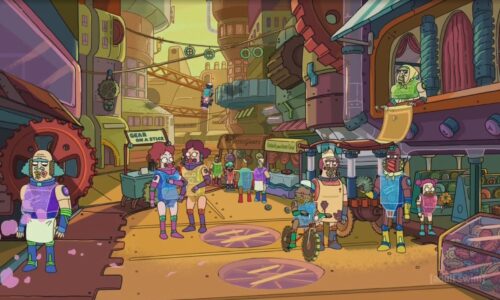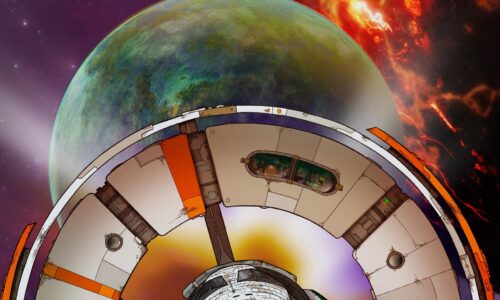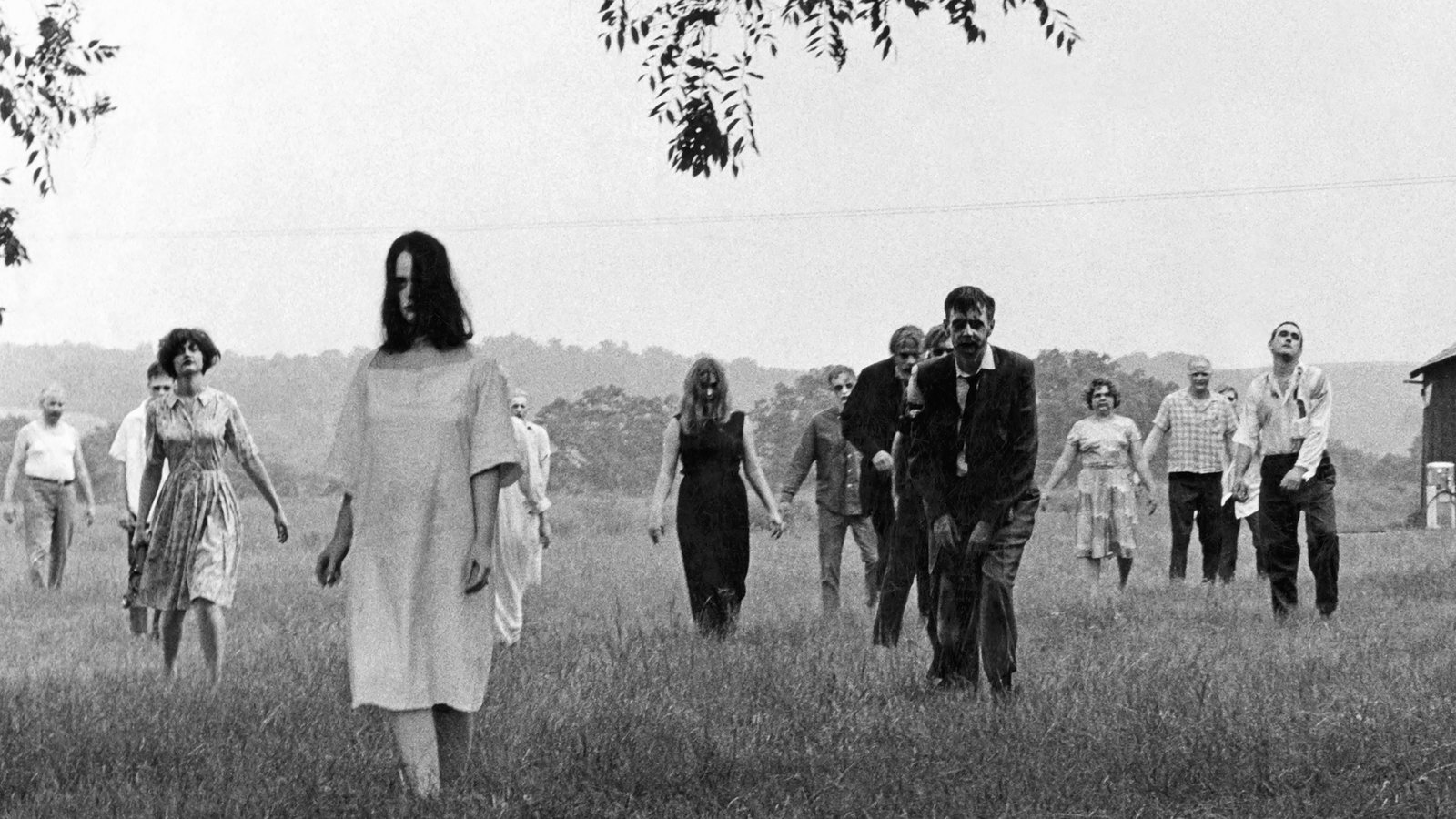
8 Zombie Apocalypses That Aren’t Pandemics
- Uncategorized
- April 2, 2021
It is less than two weeks until the release of Descartesmageddon, the second instalment of my novella serial Fermi’s Progress. In this instalment the crew of the Fermi will arrive at an alien planet undergoing a very different kind of zombie apocalypse.
The problem is for some reason (I don’t know what, I’m not a book trends wizard), recently people seem to have been turned off the whole genre of apocalyptic pandemics and pandemic-related happenings. Readers are a fickle and mysterious bunch.
But I have good news! Zombie apocalypses aren’t pandemics!
Sure, there are a few, mostly descended from the not-technically-a-zombie-movie although-obviously-one-really, 28 Days Later, where the pandemic is the result of some kind of deadly pathogen that’s been released into the populous. And yes, if we trace the genre back to its roots we arrive at I Am Legend’s bacterial vampire apocalypse, but this is only a tiny sliver of the zombie phylogenetic tree.
Night of the Living Dead (1968)
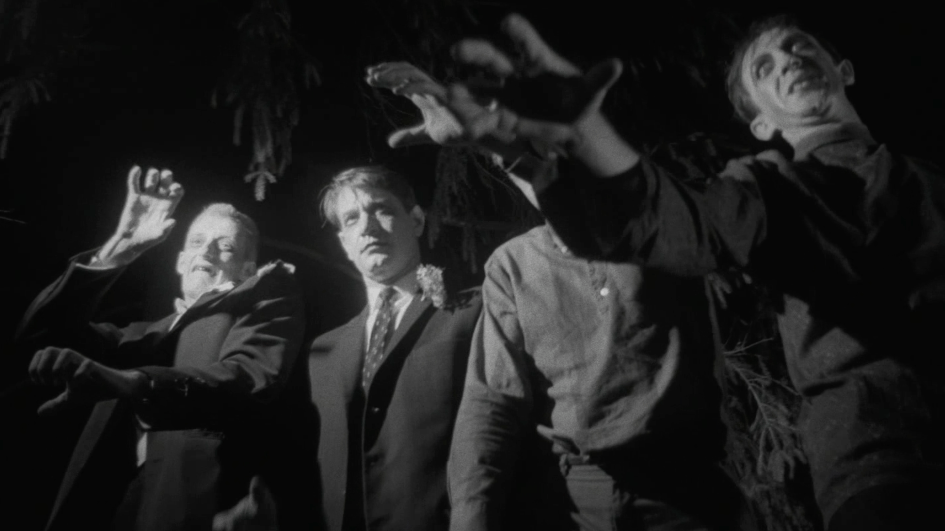
The film that started it all. To a greater or lesser extent, every zombie movie worthy of the name, Train to Busan, Juan of the Dead, Dead Set, Fido, all of them are unlicensed sequels or remakes of this one film. A copyright administrative error combined with a premise that can be realised on film with a suitable quantity of extras and a bucket of fake blood have made this film Patient Zero in the global pandemic of… oh yeah, sorry.
Of course, Night of the Living Dead itself stole its premise shamelessly from Richard Matheson’s I Am Legend. But while the vampires of I Am Legend were brought about through a bacterial strain (and one of the great joys of this book is watching Matheson expertly weave every strand of the vampire myth into a full-on hard science explanation of this bacteria’s symptoms), the ghouls of Night of the Living Dead are less easy to explain.
The best explanation we are given for the dead rising is radiation from a returning Venusian probe, and this isn’t contradicted anywhere in the film’s loosely organised sequels. In Romero’s zombie universe, you don’t become a zombie by “getting infected”. You do it by dying, and however you die, you’re going to get back up again.
Return of the Living Dead (1985)

But getting back to that copyright snafu earlier, Romero’s zombie movies aren’t the only “official” sequels to Night of the Living Dead. Romero’s co-writer, John Russo, would launch his own series of “Living Dead” movies. While Romero’s films are characterised by stark social commentary, shining a light on the worst aspects of human’s capacity for cruelty and indifference to one another and self-destructive flaws implicit in capitalism, Russo’s movies had zombies killing off paramedics then using the ambulance radios to order more.
These zombies aren’t viral either, instead the result of toxic gas being unleashed and eventually mingling with the atmosphere to create toxic zombie-creating rain.
These zombies are also a much more horrifying prospect than turning into one of Romero’s loveable idiots. You don’t just die and have your entire consciousness replaced with the words “Bite” and “Walk towards somebody you can bite”. Instead you are you, but filled with an overwhelming, unimaginable painful hunger that can only be allayed by eating brains.
The Death and Life of Schneider Wrack by Nate Crowley (2017)

Bit of a cheat here, as you can probably argue “nanotechnology” is just a robot virus. Nanotechnology zombies can certainly be seen elsewhere, from the spacesuits with “Twinkly gubbins” seen in The Shadow Captain by Alastair Reynolds, to the gas mask zombies in Doctor Who’s “The Empty Child”.
Crowley’s zombies here aren’t the result of some kind of technology run amok, however. These are political prisoners, executed and infected with nanotechnology so that they can function as slave labour on enormous whaling ships. Indeed, as time goes on these zombies push the limit of the accepted definition of zombies, edging strongly into “revenant” territory, as they gain self-awareness and eventually mount an uprising against their masters.
Another time I might write something else about the odd coincidence that a myth that started off as an enslaved people’s horror story of being made to work even after death led to a genre that looks an awful lot like a slave owner’s nightmare of an uprising…
Roadside Picnic by Arkady and Boris Strugatsky (1971)
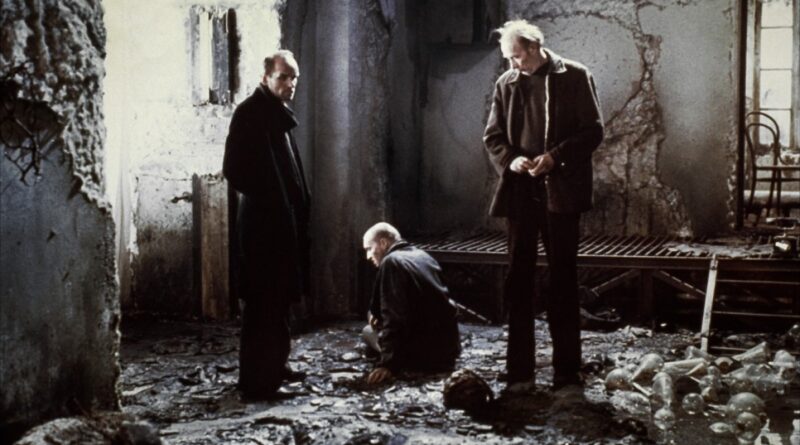
Not really an apocalypse this. These zombies aren’t even really aggressive. The characters in this definitive, must-read science fiction novel all live on the fringes of the Zone, a site scattered with discarded alien artefacts way beyond our ability to comprehend- the roadside picnic of the title.
One of the minor side-effects of this phenomenon is that sometimes dead people just get up and wander around.
Without getting too spoilery, a similar phenomenon is seen in Tade Thompson’s Rosewater trilogy.
Party Rock Anthem (2011)
In this music video from LMFAO, the entire world is brought to its knees by a song being quite catchy. Unlike every other instalment in this list, it actually has historical precent in the form of the Dancing Plague of 1518, rendering this the most scientifically literate zombie apocalypse story on the list.
Pontypool (2008)
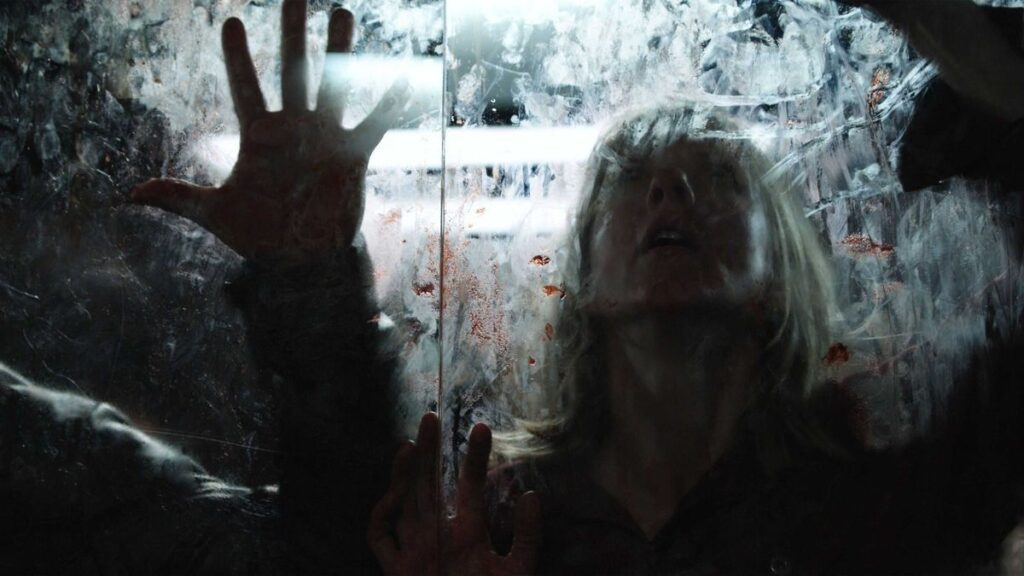
One of the most brilliant and original zombie movies out there, based on Tony Burgess’s book Pontypool Changes Everything, which I’m ashamed to admit I’ve not read yet.
On the surface this is very much a traditional zombie movie in the Romero mould. An arseholish shock jock in a small, isolated Canadian town finds his radio station under siege as a mysterious wave of violence sweeps through the population.
But this isn’t spread by bites or airborne viruses or even toxic rain. It’s more metaphysical than that. In Pontypool the virus is spread by words. Words become infected, you hear and understand the infected word, and you’re going to start attacking people.
Suddenly, your approach to standard zombie siege warfare needs to evolve. They aren’t just coming through the doors, but through the radio. Translation becomes a dangerous breach in your defences.
Cell (2016)

I’m saying Cell the movie here, not Cell the Stephen King novel, partly because it’s a long time since I read the book but also because the film doesn’t lean quite so hard into the “Humans only use 1% of their brain” fallacy (also “levitating zombies” can fuck off, sorry).
One day a signal goes through every phone on the planet, and everyone who is on the phone turns homicidal. But over time, things get weird. These aren’t just your standard hoards of angry football hooligan zombies. Crowds of people move like flocks of birds, her herds of stamping cattle. At night they all sleep together on the floor of football fields.
Cell’s a perfectly serviceable zombie flick but where it excels is presenting the zombie apocalypse as not just making people stupid and violent, but in replacing human consciousness as we understand it with something new, hive-like and technological.
Descartesmageddon by Chris Farnell (2021)
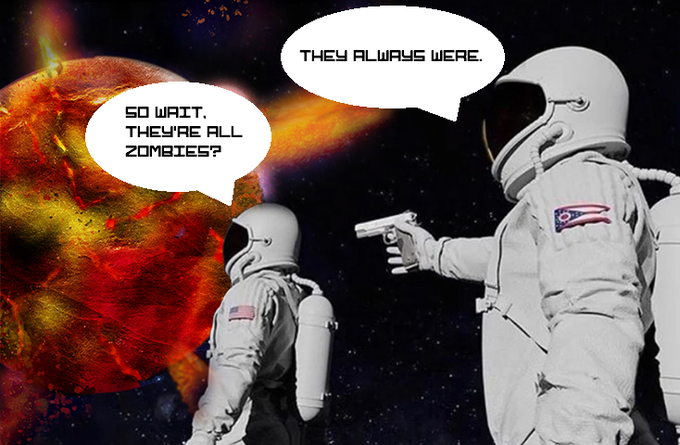
And now we come back to my book, which I don’t want to give too much away about just yet, but I can say this: This zombie apocalypse is on an alien planet. The aliens trying to survive it are sentient fungus- something you won’t be surprised was inspired by the evil bastard Ophiocordyceps unilateralis fungus, but here the fungus isn’t the infection, it’s the victim.
What turns these happy mushroom people into zombies? It’s not a viral or bacterial pandemic. It’s not something that is on this list. And it is not something you are safe from.
You can get hold of Descartesmageddon at either:
or more ethically
Scarlet Ferret (with extras!)
